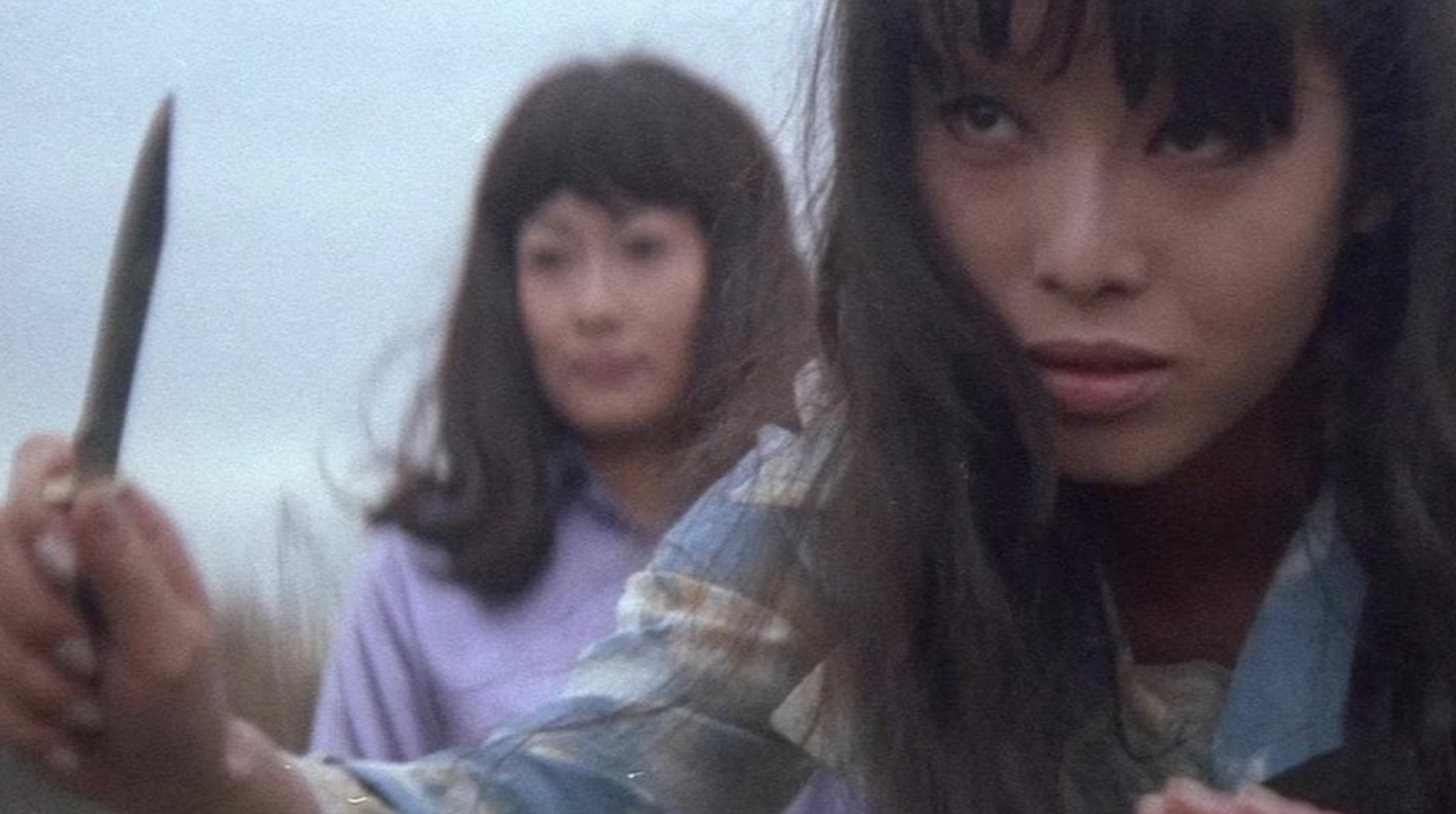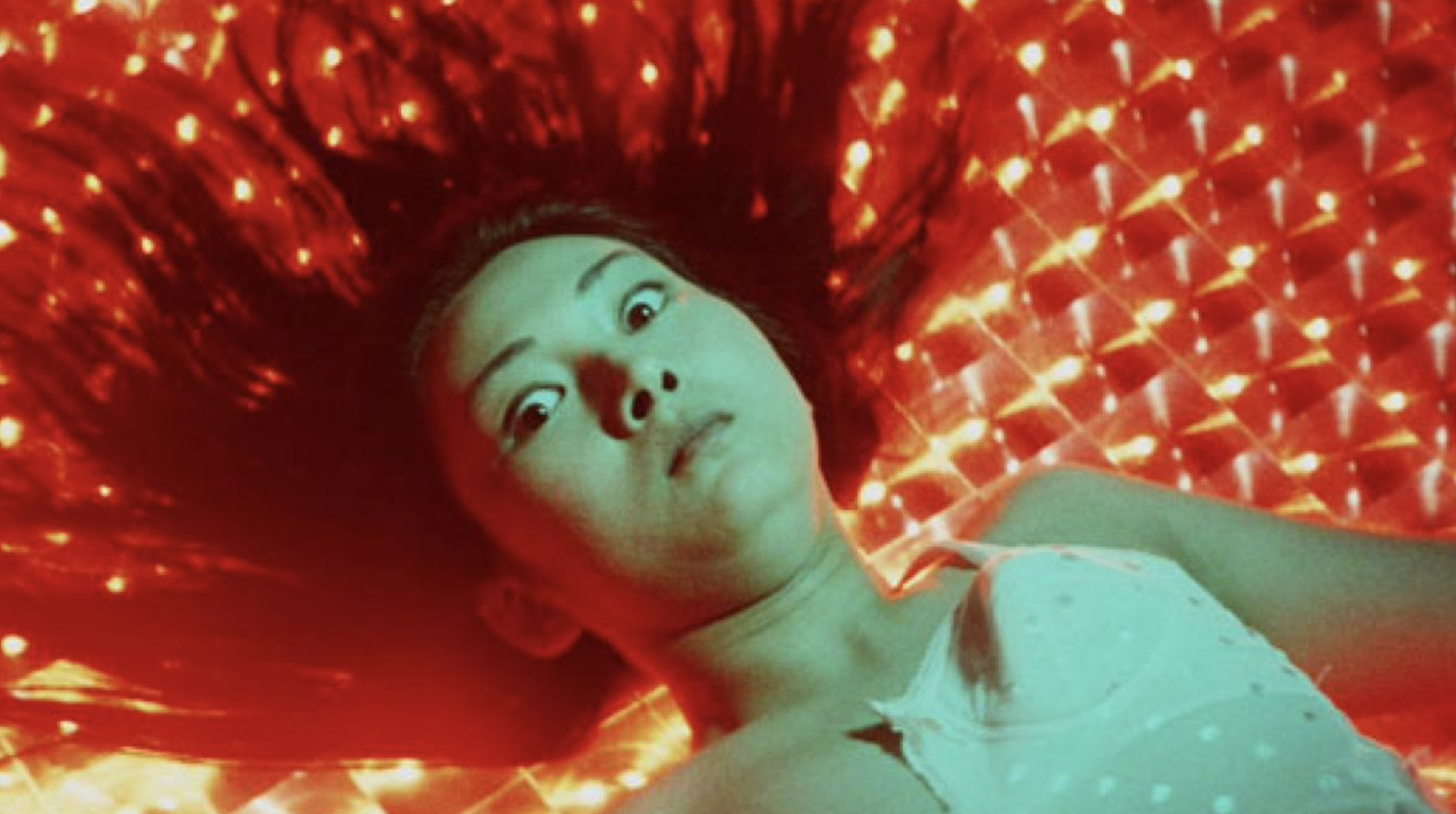The GATA Guide To Japanese Exploitation Cinema
Brought up on the Japanese exploitation cinema of the 1970s, film makers such as Quentin Tarantino owe a huge amount to these hyper violent and sexually charged gore features. Almost every other scene in the film Kill Bill owes its visual style and aesthetic to this lineage of films birthed out of the twisted minds of the people working at Tohei Company and Nikkatsu.
Katana duels, fountains of blood spraying the cameras and revenge served so cold you’ll think twice before upsetting anyone yourself; exploitation cinema’s golden era is definitely a period that you should check out for yourself.
Here at GATA we are definitely fond of genre-breaking and controversial cinema; cinema that has the guts to push its vision down the throats of its audience whether they are comfortable with it or not. Check out these ten features that showcase the best of this era—a time of risk taking and unabashed controversy.
LADY SNOWBLOOD (1973)
Toshiya Fujita
LADY SNOWBLOOD (1973)
First on our list, is the film that gave birth to Quentin Tarantino’s classic homage to Asian cinema, Kill Bill—the gloriously violent and disturbing exploitation masterpiece, Lady Snowblood. Starring Meiko Kaji—the undisputed champion of the 1970’s “Pinky Violence” movement—Lady Snowblood tells the tale of an ice cold assassin, on the hunt for a group of twisted villains who murdered her father and raped her mother. Born in the depths of a prison, the titular main character, Yuki Kashima is a katana wielding, angel of vengeance who unleashes a hail of red blood upon the screen. You’ll never view the works of Tarantino in the same way, after watching this pulpy masterpiece.
STRAY CAT ROCK: DELINQUENT GIRL BOSS (1970)
Yasuharu Hasebe
STRAY CAT ROCK: DELINQUENT GIRL BOSS (1970)
Next up on our list, is a series of films that spawned a franchise of five copycat exploitation classics. Riding the wave of popularity seen by outlaw motorcycle gang films from the 1960s — such as The Wild Angels — Stray Cat Rock: Delinquent Girl Boss sees iconic actress Meiko Kaji, play the boss of a gang of delinquent girls, feuding with a rival girl gang. With an abundance of yakuza-infused action, rock & roll and 70s counterculture, this film is a beautiful representation of the time that it was made in.
IN THE REALM OF THE SENSES (1976)
Nagisa Ōshima
IN THE REALM OF THE SENSES (1976)
Inspired by the real life murderer, Sada Abe — a geisha and prostitute who killed her lover, via erotic asphyxiation, before cutting off his penis and testicles and carrying them around with her in a kimono. The story was a national phenomena in Japan, causing mass hysteria and intrigue. To this day, the harrowing story of love and murder has garnered almost mythical like overtones, inspiring the works of artists, film makers and scholars alike.
In the Realm of the Senses, pulls no punches, with Director Nagisa Oshima creating an intoxicating, erotically charged thriller that featured unstimulated sex scenes between its lead actors. The result of which, was that it was heavily censored in Japan, a problem its creators overcame by listing the production of the film under the name of a French Enterprise.
ZERO WOMAN: RED HANDCUFFS (1974)
Yukio Noda
ZERO WOMAN: RED HANDCUFFS (1974)
Rape, hyper-violence and vengeance, a pattern is starting to emerge, in these controversial films born in the 1970s. Zero Woman: Red Handcuffs stars Miki Sugimoto in what is probably one of her most memorable forays into the “Pinky Violence”/exploitation genre. This is the kind of film that leaves grind house fans, shaking in anticipation and salivating at the mouth. With an array of disgusting bad guys, lead by Eijo Go—who chews up the scenery in an over the top performance— Zero Woman is not a film for the faint of heart. You’ve been warned.
FEMALE PRISONER #701: SCORPION(1972)
Shunya Itō
FEMALE PRISONER #701: SCORPION (1972)
Owning arguably the greatest film title in history, Female Prisoner #701: Scorpion sees another entry in our list from Meiko Kaji. Produced by Toei company, responsible for many of the exploitation classics appearing on this list, Female Prisoner #701 follows Kaji’s character being betrayed by her lover, and sent to a life sentence in prison. What follows is a whirlwind of a film, full of gratuitous violence, explicit nudity and even a dash of political commentary. With a deep foundation in subversive manga and controversy, Female Prisoner is a must watch for fans of Meiko Kaji.
CRIMINAL WOMAN: KILLING MELODY (1973)
Atsushi Mihori
CRIMINAL WOMAN: KILLING MELODY (1973)
Another production from Toei’s controversial studio, Reiko Ike takes on the Yakuza in a tale of robbery, extortion and ice cold revenge. While other films in the Toei catalogue seemed to always spawn an entire series of copycat films, Criminal Woman: Killing Melody is unusual in its nature, standing alone as a piece of art, and the only foray into the genre from director Atsushi Mihori.
THE FACE OF ANOTHER (1966)
Hiroshi Teshigahara
THE FACE OF ANOTHER (1966)
A taste of the avant-garde from film maker Hiroshi Teshigahra, The Face of Another, is an atmospheric reflection on the nature of identity. Based upon the stories of novelist Kobo Abe—a writer who produced Kafka-like surrealist short stories—The Face of Another follows a man who receives a face transplant after an industrial accident, only to find his personality slowly start to morph. Starting off as an introspective musing on the vanity of one man, the film like the personality of its main character slowly morphs into something else, a deep analysis of alienation and the structures of society. Not officially an exploitation film like others on this list, The Face of Another is unique enough to warrant mention, with its themes and motifs.
BLIND WOMAN’S CURSE (1970)
Teruo Ishii
BLIND WOMAN’S CURSE (1970)
An entry from the production company Nikkatsu this time, Blind Woman’s Curse is a fusion of the horror and crime genre. Like the fever dream of Dario Argento after taking a vacation in Japan, Blind Woman’s Curse is non-stop action packed romp, filled with sword fights and heavily tattooed gang members. Another example of Meiko Kaji’s unrivalled dominance as the badass queen of Japanese cinema.
BLIND BEAST (1969)
Yasuzo Masumura
BLIND BEAST (1969)
Inspired by the literary works of Edogawa Ranpo—a Japanese writer who was a fan of western mystery stories—Blind Beast is a dark treatise on the fine balance between love and horror. An unconventional love story about art galleries, bondage and doppelgängers, the film does not flinch in its portrayal of obsession and the erotic. Taking place almost entirely in one room this film is an unflinching and shocking portrayal of minds pushed to their limits, in a horrific expression of love.
SUKEBAN DEKA (1985)
Hideo Tanaka
An honourable mention here, from the more light-hearted, Sukeban Deka, a TV series from the 80s that features a group of girls recruited to fight crime in high school. Featuring some yo-yo wielding action sequences and at times truly awful choreography, this is one of those things that is so ridiculous, that it morphs into something that maybe the creators never intended; cringe inducing hilarity.





















